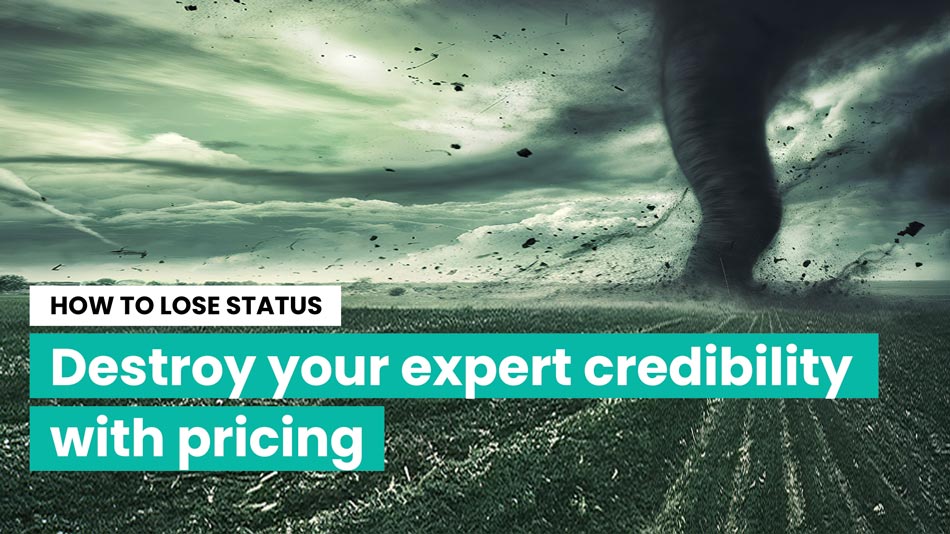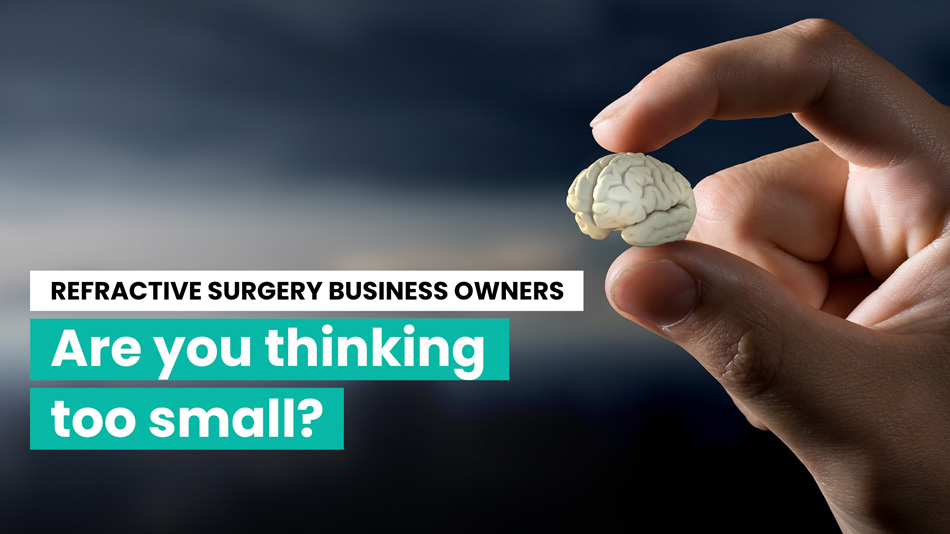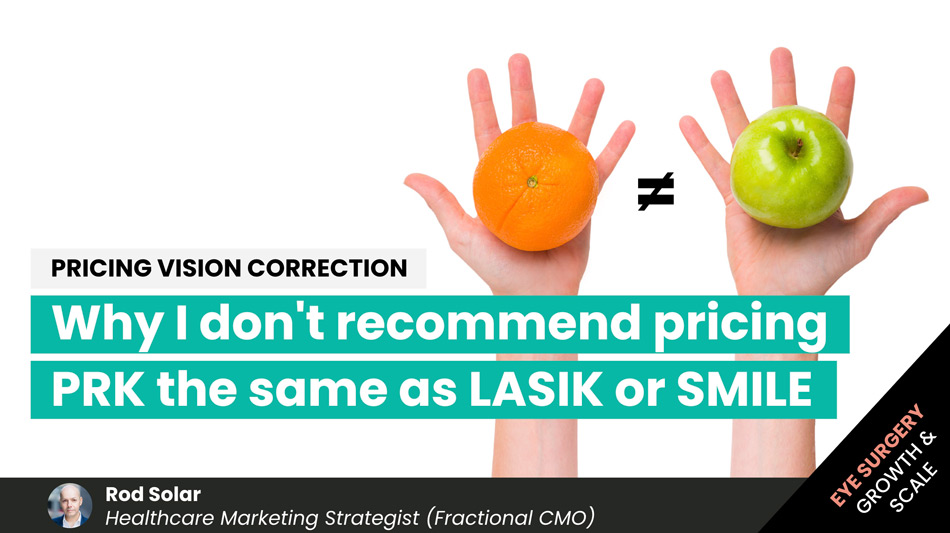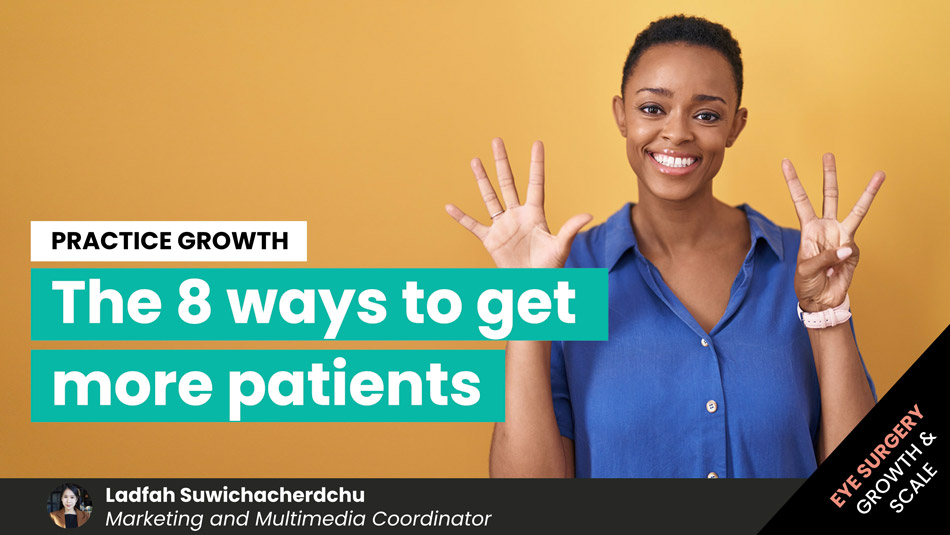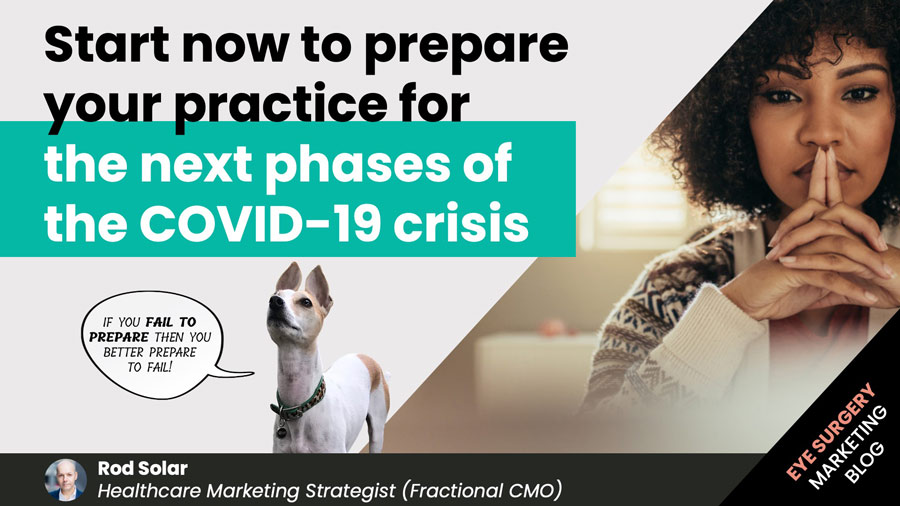
Start now to prepare your practice for the next phases of the COVID-19 crisis
We’re here to help you prepare your practice for the next phases of the covid-19 crisis
On the 14th of March, just after WHO announced a global pandemic, we locked ourselves in a room for two full days to map out the future for our cataract and refractive surgery clients. We resolved to make informed predictions of how the COVID-19 Crisis would impact the elective surgery market in the short- and medium-term and what this could mean for you and your practice, clinic or hospital.
We came up with a phased trajectory so that our clients and partners in the field could strategically plan for the expected (and predictable) changes ahead.
The trajectory included:
- Phase 1: Denial (1-2 weeks before your shutdown)
- Phase 2: Panic (2-3 weeks of shock)
- Phase 3: Boredom (6-12 weeks after your shutdown)
- Phase 4: Hope (Government eases lockdown restrictions)
- Phase 5: The ‘New’ Normal (16 weeks to up to 2 years after your shutdown)
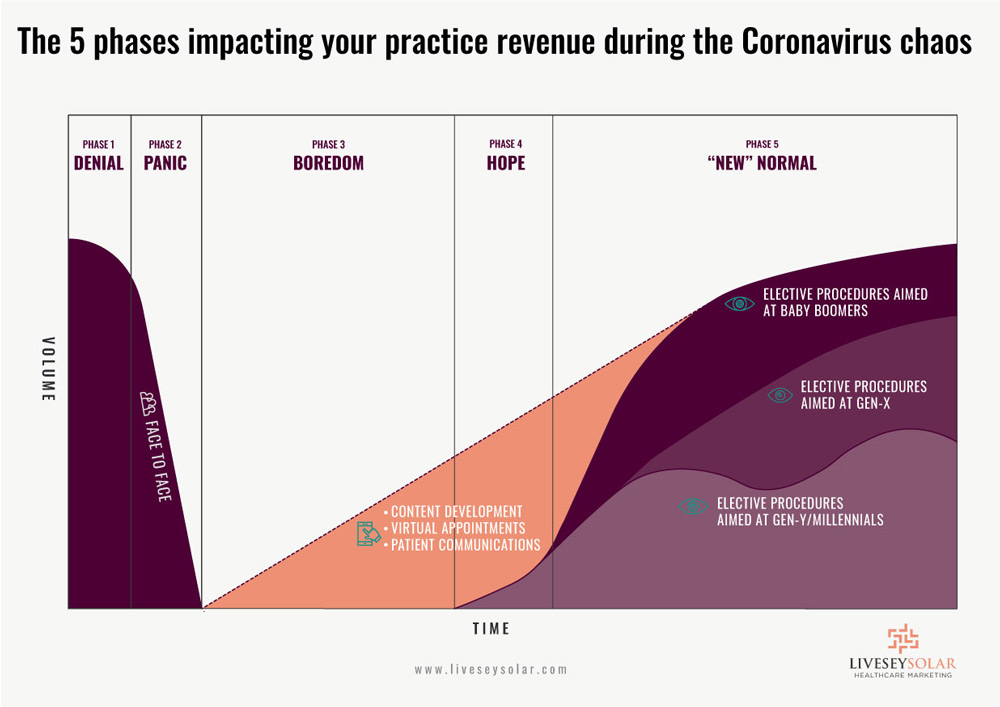
Those who have followed our advice so far are now ready and poised to act in what we call the “Hope” phase.
They have…
- maintained the attention of their market,
- generated revenue through prepaid surgery,
- and have a waitlist that they are ready to serve once their governments lift restrictions on elective surgery.
If you’ve not yet prepared, however, we want to assure you that it’s not too late.
Unfortunately, the second wave of infections is anticipated in Europe. The WHO director, Dr Hans Kluge, has even warned countries beginning to ease their lockdown restrictions, saying that now is the “time for preparation, not celebration”.
China has already begun to lockdown certain provinces after a spate of new coronavirus cases.
Unless experts’ most optimistic models come to pass, we expect clinics worldwide to go through rolling boredom, hope and new normal phases from anywhere between 16 weeks to up to 2 years after your shutdown.
The good news is, there is no need to guess what will happen and how you should respond during these phases. We’ve now seen it all before and have documented specific ways you need to target your audience at each of these phases.
The five phases of the COVID-19 crisis
We projected a phased trajectory for the COVID-19 crisis
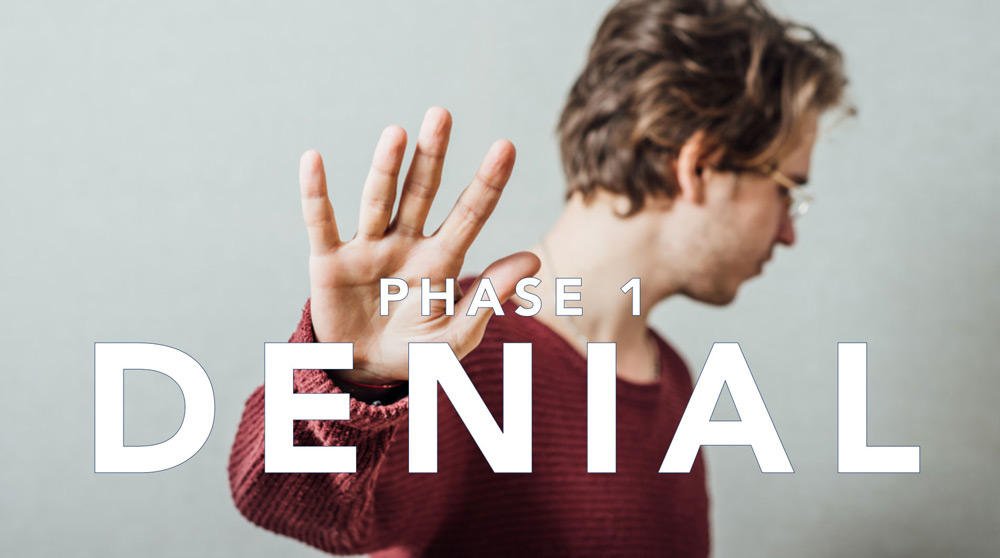
Phase No.1: Denial (1 to 2 weeks before shutdown).
In the denial phase, we predicted that certain factions of your market would conduct business as usual. As we expected, some people kept their appointments because, for them, nothing changed. That was the minority, though, and they were typically the young millennials in your LASIK market.
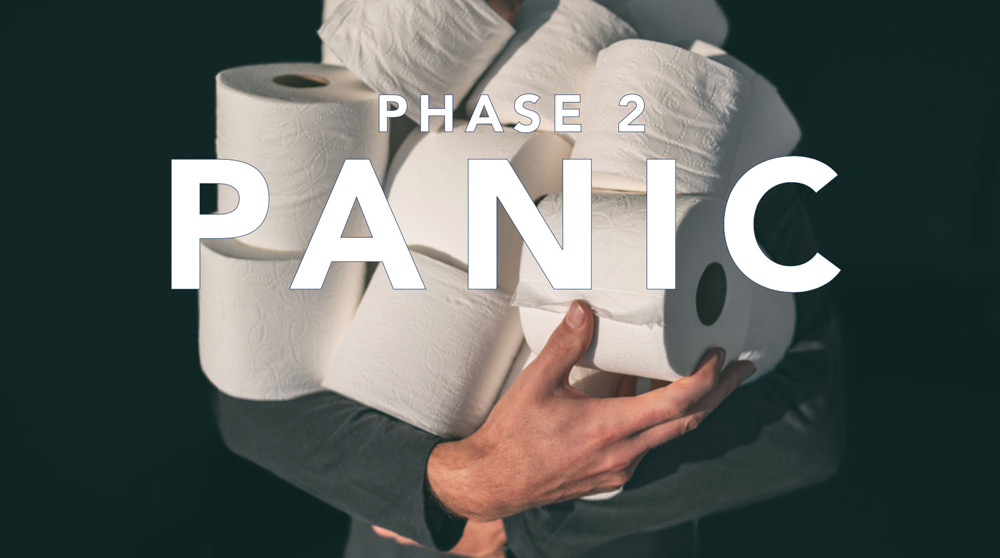
Phase No.2: Panic (2 to 3 weeks of shock shutdown).
During the panic phase, we predicted that there would be an immediate and sudden contraction of supply and demand for elective health care services as physiological and safety needs superseded everything else – and that’s exactly what happened.
We advised not to market to anyone during this phase, but to use these two to three weeks to plan for your next step, by setting up the infrastructure to hold virtual appointments as soon as you could. It’s only those clinics who could remain relevant in the “Boredom” phase that would be able to hit the ground running when we returned to the “New Normal”.

Phase No.3: Boredom (6 to 12 weeks of after shutdown).
This, we predicted, would be the isolation phase, either mandatory or voluntary. In this phase we suspected that people would become hungry for information and entertainment to distract them from current events and the sheer monotony of life inside four walls. Did this happen? Yes. Alfonso Marone, head of media strategic advisory at KPMG U.K. said that while isolation policies were at their peak in Europe, the spike in internet traffic reached as high as 70%.
During this phase, we suspected that most businesses would likely stop advertising and that cost per click would bottom out. As we predicted, many elective surgeons and clinics turned off their paid traffic ads or dramatically lowered their budgets. This was their mistake. Pay-per-click is a bidding war, and when ad demand crashed, the cost of those clicks significantly diminished. You could have got keywords that would usually cost you £10 to £20 for pennies on the pound.
While that opportunity is eroding daily, you can still take advantage of lowered ad costs with your new messaging in the Hope phase, with as much budget as you can afford.
When the second (and possibly third and fourth) wave arrives, we’ll be back into “Boredom”. When this phase comes around again and governments reintroduce lockdown measures, you’ll need to stop selling again and return to list-building. You’ll need to go back to creating and disseminating content that is either informative, educational or entertaining, while maintaining a sensitive tone to current affairs – less aspirational, more grounded in utility. Most importantly, you’ll want to make this content interactive.
Remember, the demand for refractive and cataract surgery did not go away during the Boredom phase. The prospective patient’s lack of ability to get what you offer did not remove his or her desire. As long as your potential patients have a problem you can solve, then the desire is still there to solve that problem. To support this claim, we can proudly say that we have even been instrumental in generating over half a million euros in pre-paid surgeries for our refractive and cataract surgery clients – during the government-imposed shutdowns.
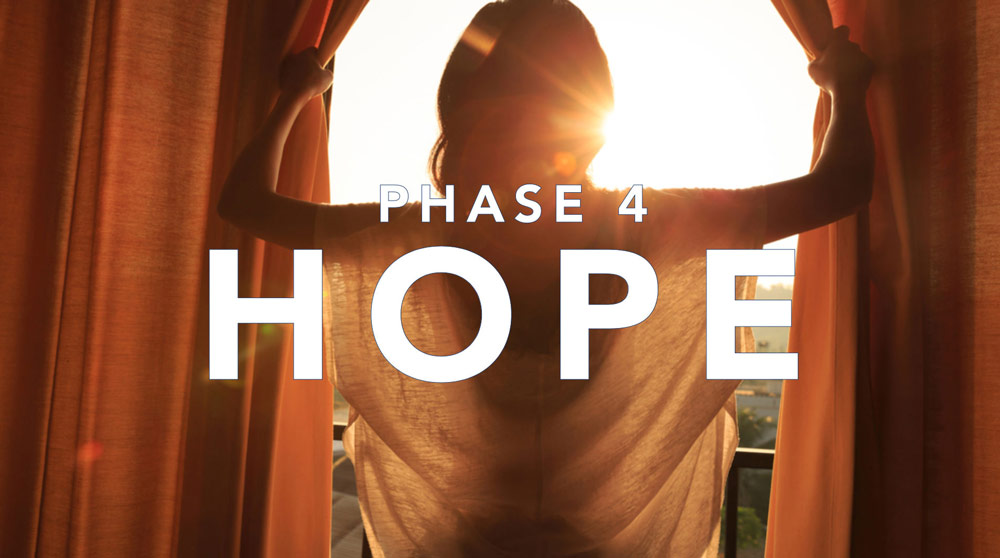
Phase No.4: Hope (12 to 16 weeks from your shutdown).
This is where many countries are now. Governments have begun to ease the lockdown and we should be through the worst of this crisis. During this phase, people will return to planning for their futures, but no one knows when consumer and business confidence will completely recover.
As we anticipated, there has been a steep economic decline, and we can now expect a period of bumping along the bottom, like an aeroplane, struggling to take off. There will be an economic recovery, but it’s going to take time – especially for Millennials and Generation Z – who, as we predicted, will bear the worst brunt of the economic fallout.
Unless you are seconded to the front lines, you still have the luxury of time right now. You must use this time and our predictions to prepare for the future.
So what can you do to help your practice succeed during this phase?
Questions that you need to ask yourself:
- How will I continue to generate awareness during the hope phase?
- How can I engage my audience to address some of the problems they’re likely experiencing during this stage and the next?
- How can I build a list of prospective patients so that I can supply their pent-up demand in the next phase?
- How can I convert my prospects so that I can give them hope of a better future after the next phase?
You should develop content that helps your prospective patients cope with what they’re going through. It could be written content, video content, or content for your website.
You can also work to optimize your website for search and reconsider the imagery you use as ways to build your audience. It might be helpful to start pivoting your content away from millennials to attract other markets, including generation Xers and baby boomers. If you’re not offering premium services, update your website and upscale your premises to reposition yourself as a luxury service. This will require you to model how much you will need to increase your prices to make up for your losses in the lean time.
Understand that luxuries are recession-proof. Although the word luxury can be synonymous with unnecessary, let’s face it when most people barely are making ends meet, that’s what refractive surgery is.
In March, we predicted that this recession will likely mark the end of elective surgery as a commodity. We hold firm to that prediction. Position your brand as a luxury and adjust your service level accordingly. A high-volume workflow in a social distancing environment that might last anywhere from 6 to 12 or 18 months is not achievable. The affluent have high discretionary income even when consumer confidence is low. As these people emerge from their quarantine, this will be the time to raise your prices to match your social distancing requirements.
Some other ways to be productive during the hope phase include:
- Offering video appointments – if you haven’t yet enabled online video appointments, do so now.
- Hiring a pay-per-call phone answering service to give your patients and prospective patients a voice on the end of the line.
- Reconsider your messaging in all automated emails: Are they offering the right call to action, or are they tone-deaf to the current reality?
Now is the time to start advertising again, aggressively. Think of driving out of a curve, accelerate while everyone else tepidly comes out of it. Send traffic to your content, to your lead magnets, and your online consultations. Pay as much as you can afford for your traffic because surviving the next year now depends on it.
During this phase, you’ll want your marketing material to contain messages related to independence, self-reliance and self-improvement. People will be looking to improve their quality of life and fortifying themselves for the next existential threat.
If you haven’t already, start to plan which new practice protocols you intend to introduce into your clinic once you reopen. Allowing only one patient into the clinic at a time, isolating in-person appointments, pre-screening to keep anyone suspected positive cases out of the clinic, and implementing diligent cleaning regimes between visits is an excellent place to start.
Continue with online consultations. No matter how safe you feel your environment is, people who’ve avoided restaurants for two months aren’t about to go out for dinner twice a week. Once people realise how easy and efficient video appointments can be, they will demand them as part of the patient on-boarding mix.
A couple of things we didn’t expect to come from this pandemic was how much it would impact the older generation. This demographic seem to be avoiding medical settings due to fear of infection. The fear factor is something that must be addressed to help this generation feel more inclined to continue with their eye surgery plans. On the flip side, we also didn’t anticipate older generations to take to online mediums such as Zoom as quickly as they have. This proves that video appointments are a great medium for all.
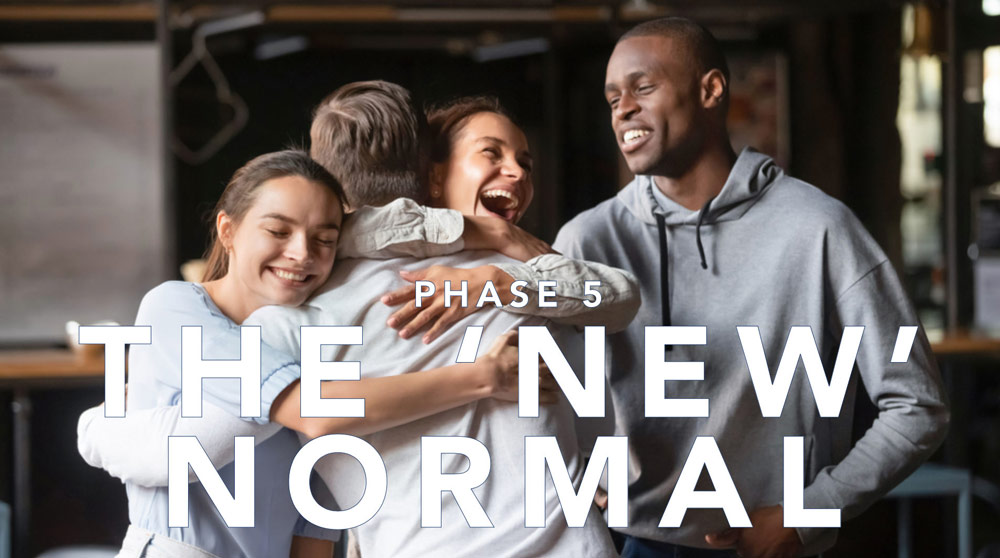
Phase No.5: The new normal (4 months after your shutdown up to 2 years).
Eventually, restrictions on elective surgery will lift and you will be able to resume surgery again…for a while.
What we thought would happen in a singular fashion, we now predict will occur in a cyclical wave of easing and contracting, so be prepared to revert back to shutdown measures when the second bout of infection comes around.
Fortunately, you now have the advice above to pivot and address your market when the Boredom, Hope and New Normal phases repeat themselves.
Remember, while your competitors are busy hiding away, you can:
- Excite inactive patients with relevant and tone-sensitive content
- Build a healthy patient pipeline with video appointments
- Make all the money you need to get you through the shutdown via prepaid surgery
Conclusion
Consider this critical message: Don’t react. Respond. YOU built this practice, and YOU will be the one to dictate its future.
NOTE: The best way to answer that nagging question about practice growth or marketing or patient volume in the back of your mind is to book a free 15-minute compatibility call. Get some options and go away with a clear idea of what’s possible.
About the author
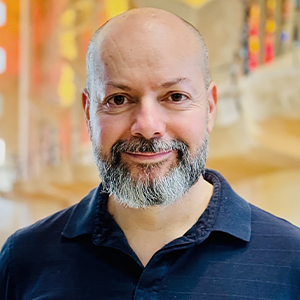
Rod Solar
Founder & Scalable Business Advisor / fCMO
Rod Solar is a co-founder of LiveseySolar and a Scalable Business Advisor for its customers. Rod mentors and coaches eye surgery business CEOs/Founders and their leadership teams to triple their sales, double their profit, and achieve their “ideal exit”.
Related Posts
Meet our Co-Founders
We’re passionate about helping leaders of high-quality, growth-minded practice owners double their practice revenue

Rod Solar
Founder & Scalable Business Advisor
For over 20 years, I’ve helped ophthalmology entrepreneurs scale their private practices. I specialise in doubling revenue within three years by offering a proven framework, hands-on experience, and a team of experts who implement what works. We take the guesswork out of growth and scale, so you can focus on delivering exceptional patient care while maximising the value of your business.
LiveseySolar completely transformed the way we were approaching this… We’ve gone from having just the dream of having a practice to having a practice up and running with people making inquiries and booking for procedures… It’s extremely pleasing. We feel lucky we connected with LiveseySolar.
— Dr Matthew Russell, MBChB, FRANZCO, specialist ophthalmic surgeon and founder of VSON and OKKO

Laura Livesey
Founder & CEO
I’m the co-founder & CEO of LiveseySolar. I’ve developed powerful eye surgery marketing systems that increase patient volumes and profits for doctors, clinics, and hospitals, since 1997.
Rod and Laura know as much about marketing surgery to patients as I know about performing it. They are an expert in the field of laser eye surgery marketing. They know this industry inside out. I believe that they could help many companies in a variety of areas including marketing materials, sales training and marketing support for doctors.
— Prof. Dan Reinstein, MD MA FRSC DABO, founder of the London Vision Clinic, UK






